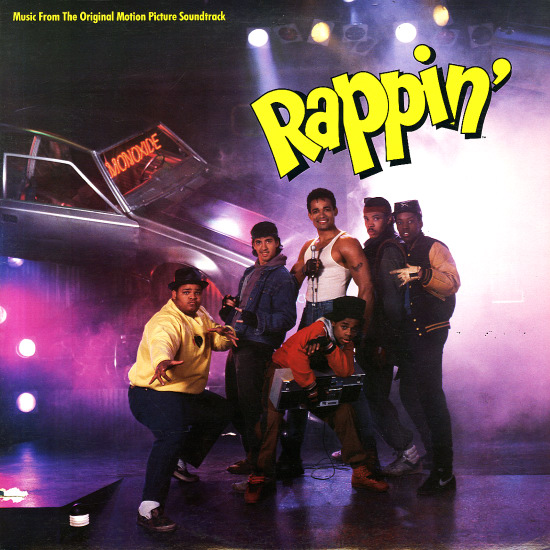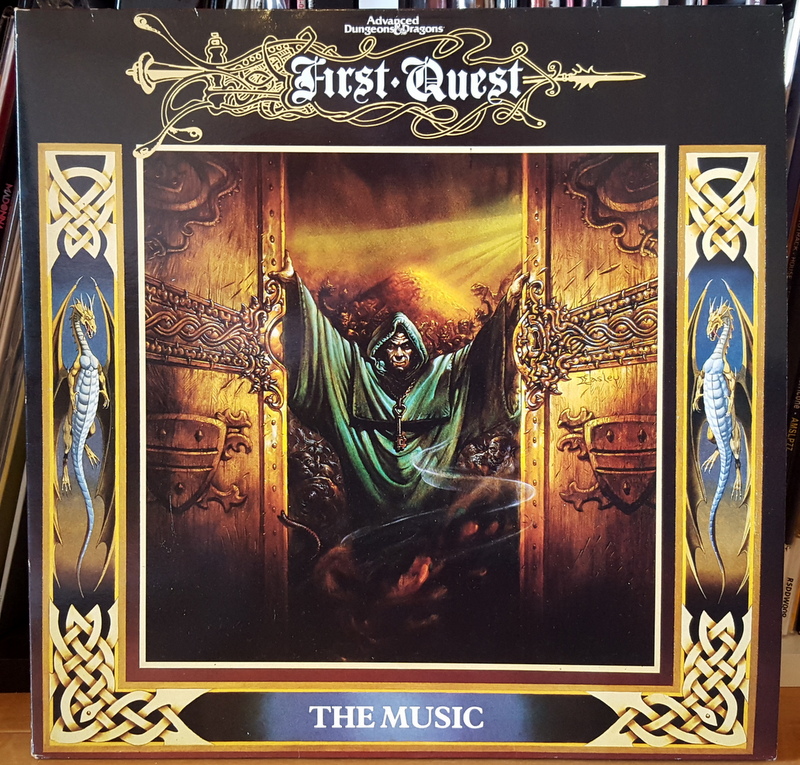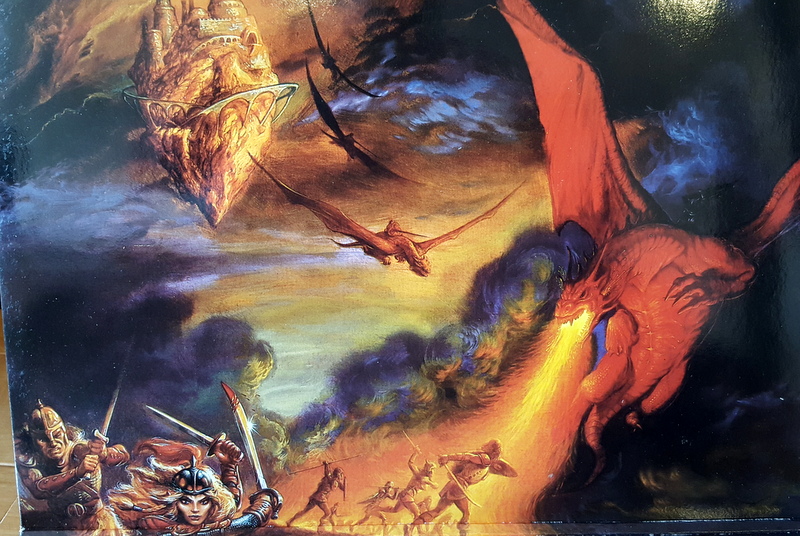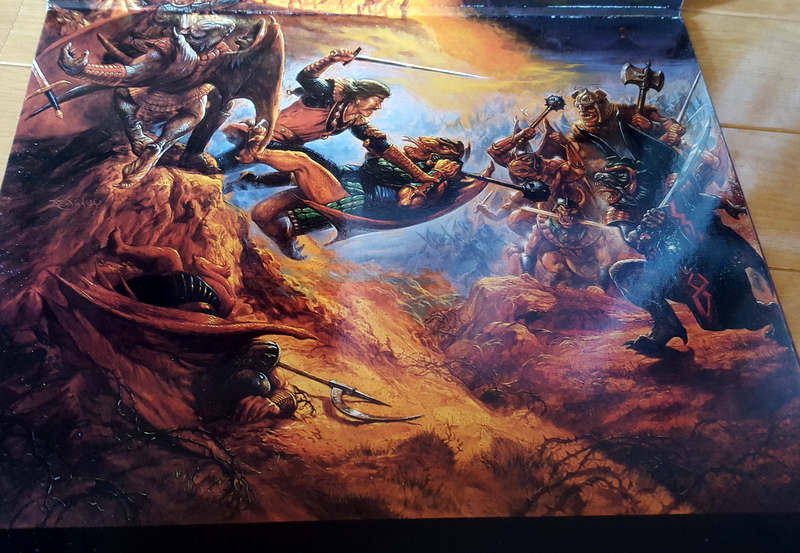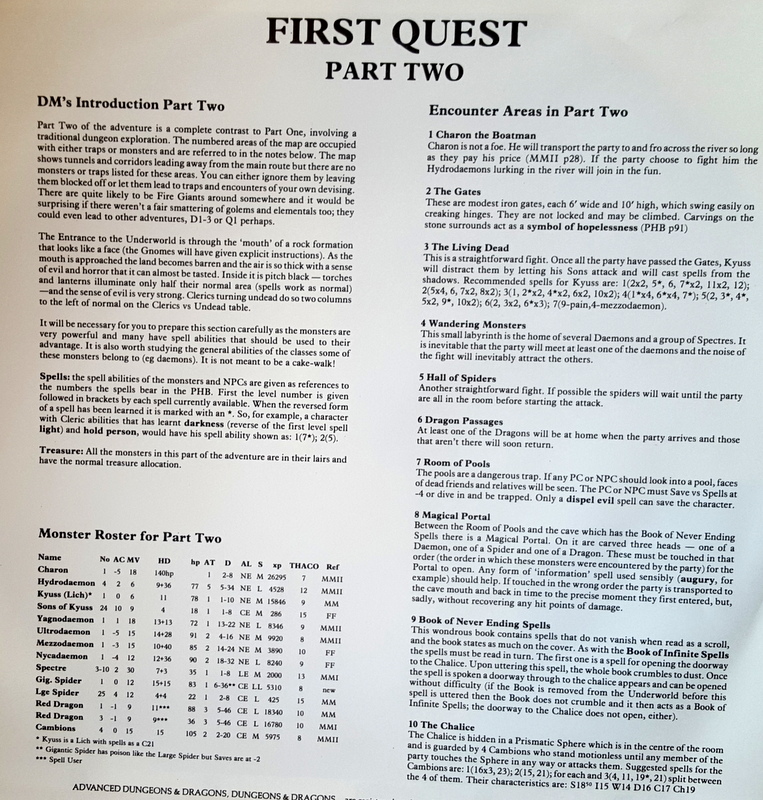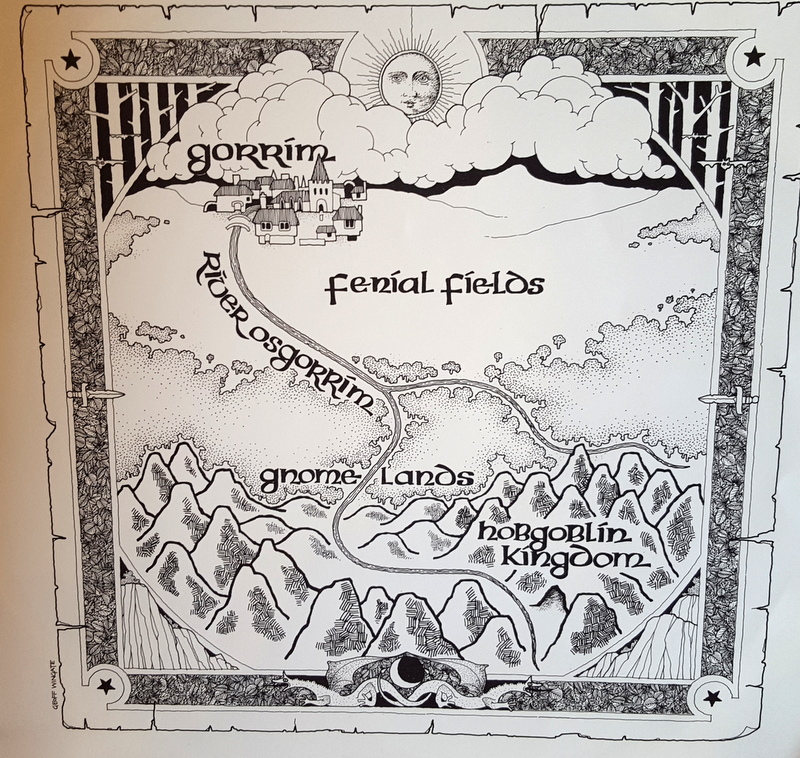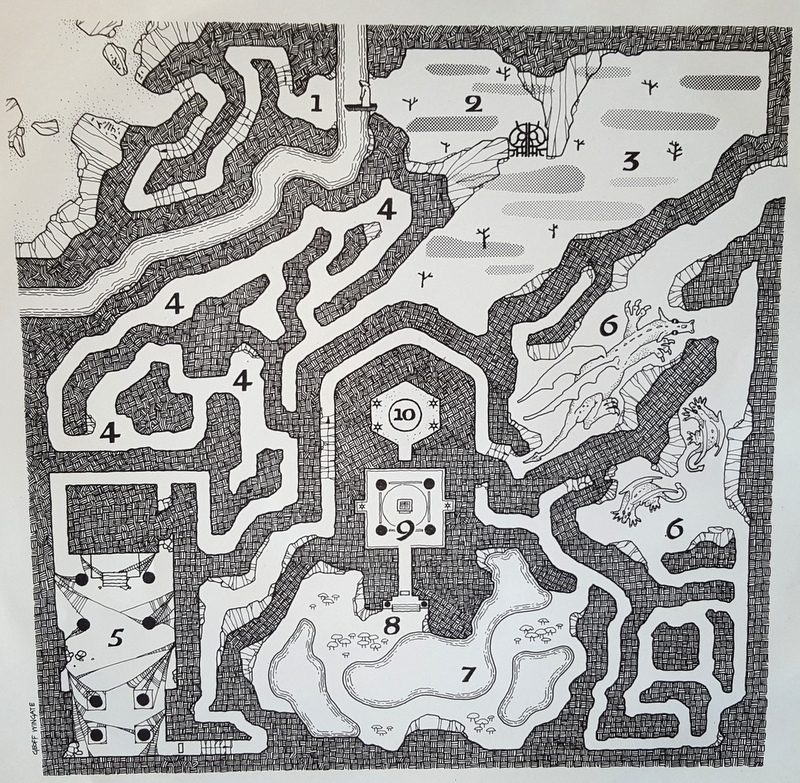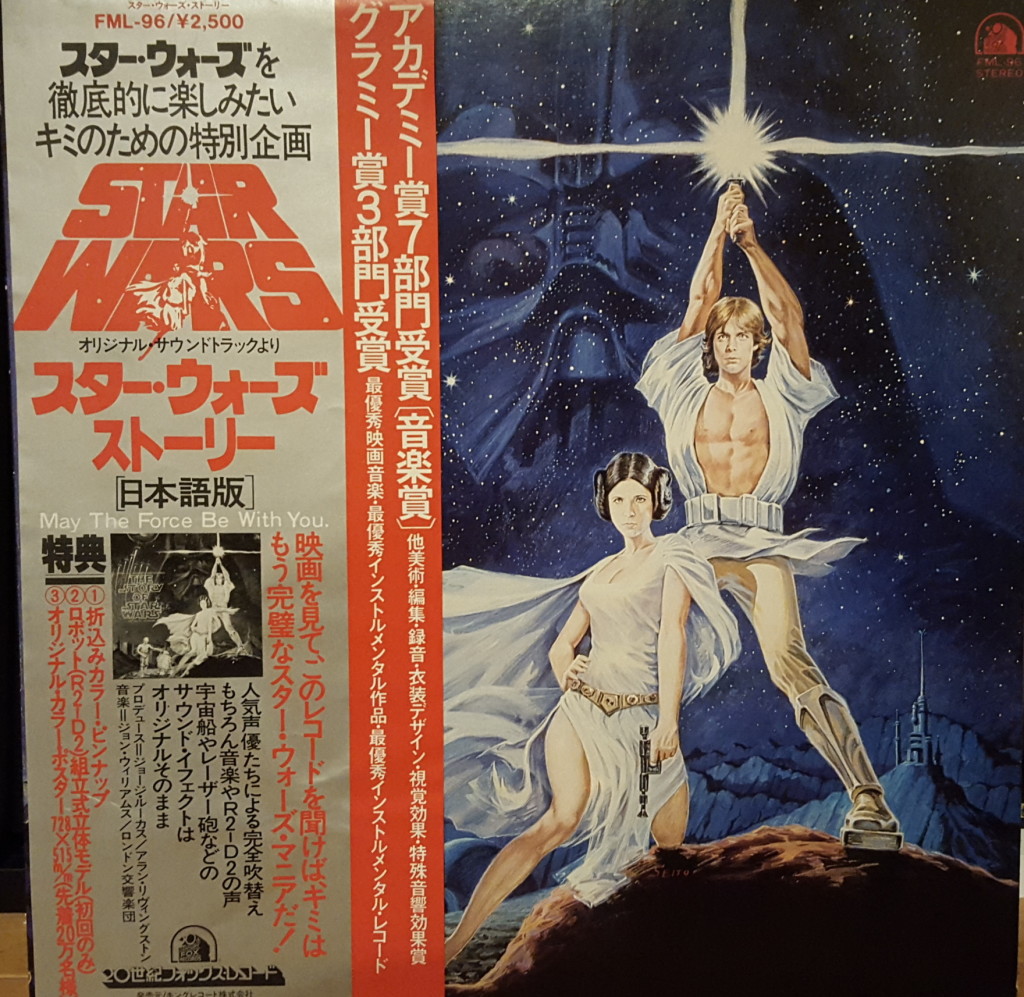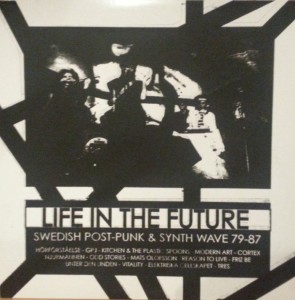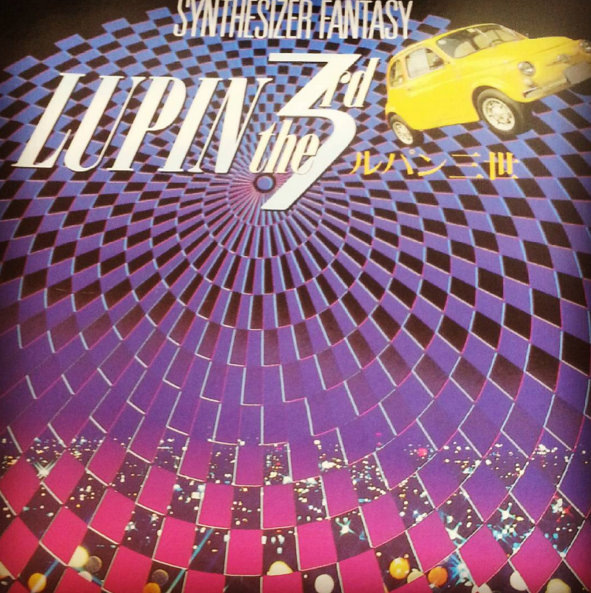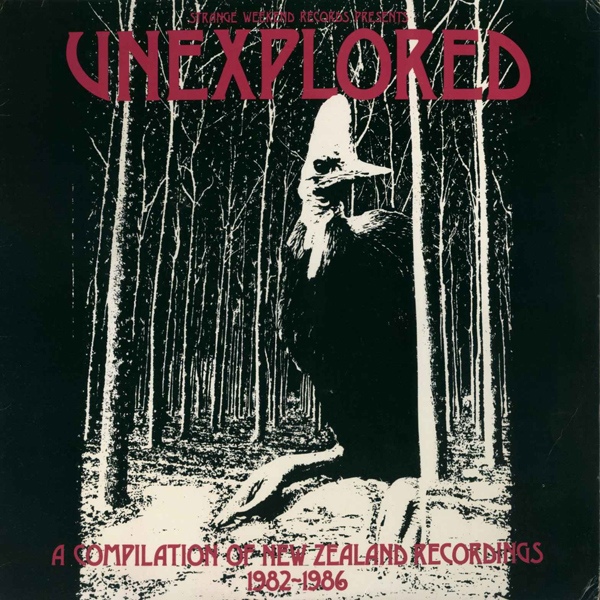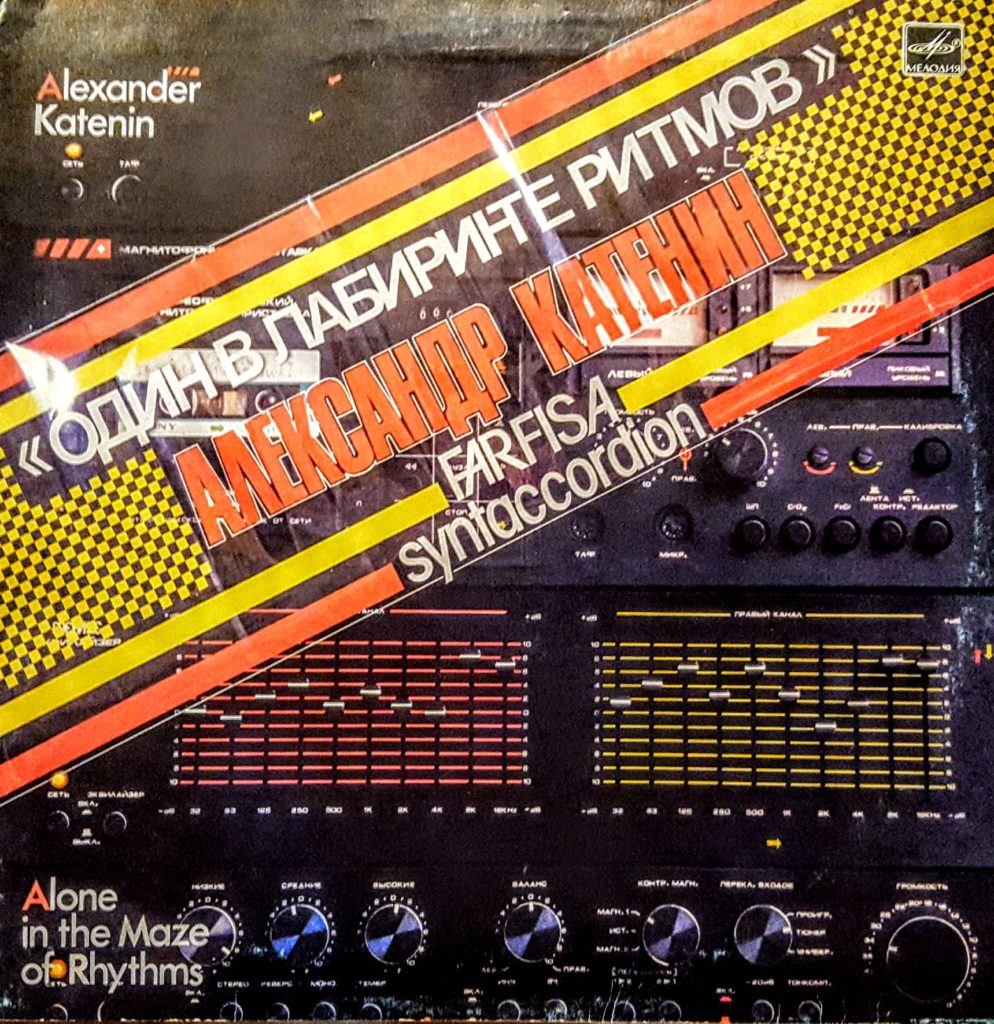
Alexander Katenin – Alone In The Maze Of Rhythms
I’ve been trying to write about this one for a few weeks now. First I was distracted by the horrible Boom Boom Satellites news and then work. But to be honest, most of the delay in posting this came not from external forces, but simply from the fact that this album is so weird that I’m kind of a loss of words as to what to say about it.
This is Alone In The Maze of Rhythm. It’s a synthesizer covers album. There’s nothing entirely unique or weird about that. There were a ton of these in the wake of Wendy Carlos’ seminal 1968 masterwork Switch-On Bach, “let’s take some classical and pop tunes and play them on Moog” was practically a genre in the early 70s. I have quite a few of them. All Moog Hair? Got it. Wanna hear Gershwin on Moog? How about Handel, Beethoven or even the theme to Flesh Gordon? Guess what, a Moog version of it probably exists.
But Alone In The Maze of Rhythm is unique, and just downright weird, for a few reasons. Firstly, while most Moog covers albums were released in the late-60s to mid-70s, this one came later. It came way later. It came 1986 later.
That’s weird. You see, the Moog covers album craze was mostly born out of the fact that most people had never even heard a synthesizer before, and that their sound was so alien that you could record damn near anything on them and someone would want to hear it, at least once. But by 1986, that just wasn’t true. Synthesizers had won. Shit, not only had the world become accustomed to synthesizers, but they were quickly becoming played out. By 1986, most of the innovation that the synthesizer brought to the pop world had been sullied and watered down to the point of banality. We weren’t getting “Cars” anymore, we were getting “I Just Died In Your Arms Tonight.” Synthpop was on its last legs.
I guess no one told the Soviet Union though, because that’s where Alone In The Maze Of Rhythm comes from.
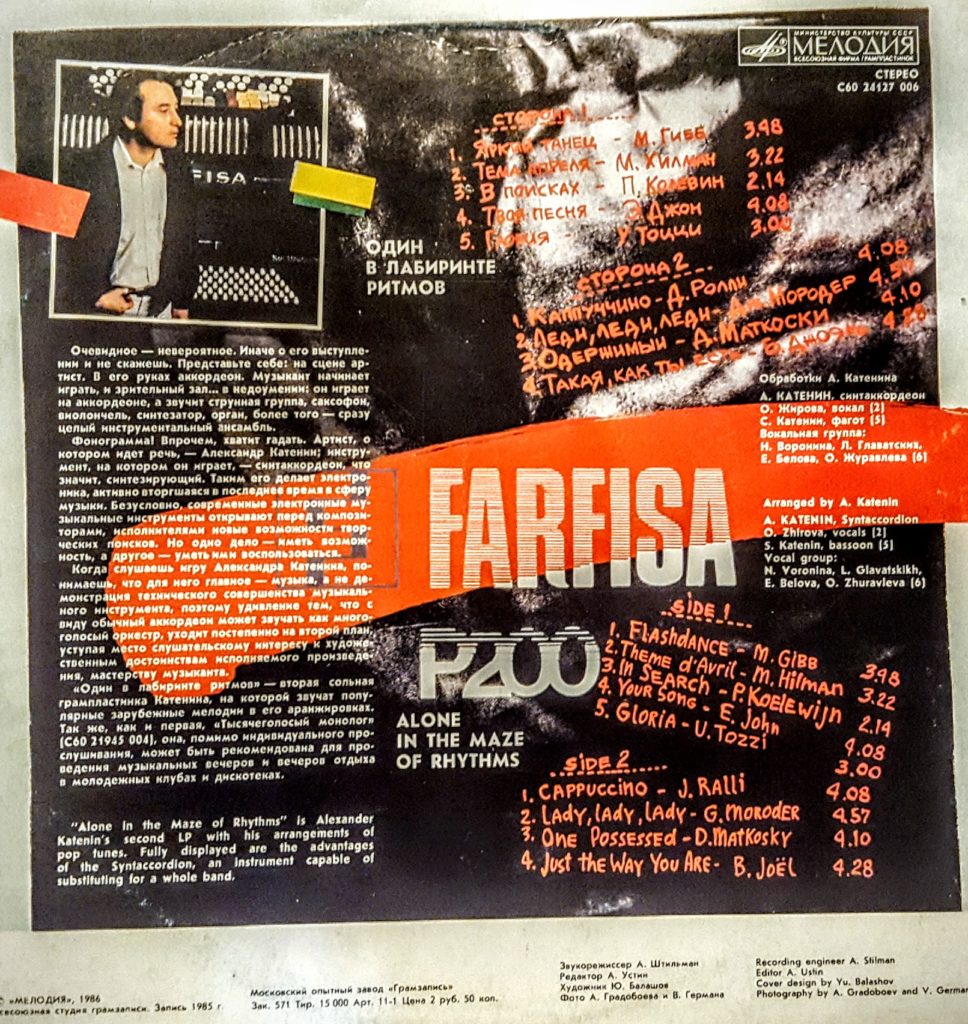
Yes, from behind the Iron Curtain comes Alexander Katenin, a man who…I know absolutely zilch about. Turns out there isn’t a lot of English information on the web about mid-80s electronic covers albums from the Soviet Union. Everything I know about the guy I dug up on Discogs. He released two albums a solo artist, both synthesizer-focused cover records, and one as a part of a duo by the name of…Гоги И Ð“Ð¸Ñ Ð‘ÐµÑˆÐ¸Ñ‚Ð°Ð¸ÑˆÐ²Ð¸Ð»Ð¸.
Yeah, I don’t know how to say that. You’re on your own.
So what we have here is a synthesizer-covers album composed in 1986 in Soviet Russia. And yet, we still haven’t reached the actual weird parts of this record.
One of them is the instrumentation behind the record. Not all synthesizer covers albums used Moog synthesizers, but an overwhelming majority of them did, so much that for some, Moog is shorthand for synthesizer. But there are all kinds of synthesizers out there, and this was especially the case in the 80s, with the rise of digital synthesizers like the Synclavier and the Fairlight CMI, two machines that literally defined the very sound of the 80s.
But Katenin didn’t use those. No. He chose the Farfisa Syntaccordion. That’s an accordion/synthesizer combo unit. Now, I don’t know how much of a synthesizer it really is. No way it has the range or capabilities that you might find in a Moog or Fairlight unit, but it was definitely advertised as a synthesizer, as this ad from Retro Synth Ads proves. And the album certainly has a synthesizer feel to it, far more than than an accordion one to be honest.
And so if you were ever thinking “I hope one day I can hear Frank Stallone’s ‘Far From Over’ performed on a strange accordion/synthesizer hybrid,” well then you’re in luck! Ditto if you were ever hoping to hear Soviet-electronica interpretations of Elton John’s “Your Song,” “Gloria” by Laura Branigan, and the theme to “Flashdance,” among others.
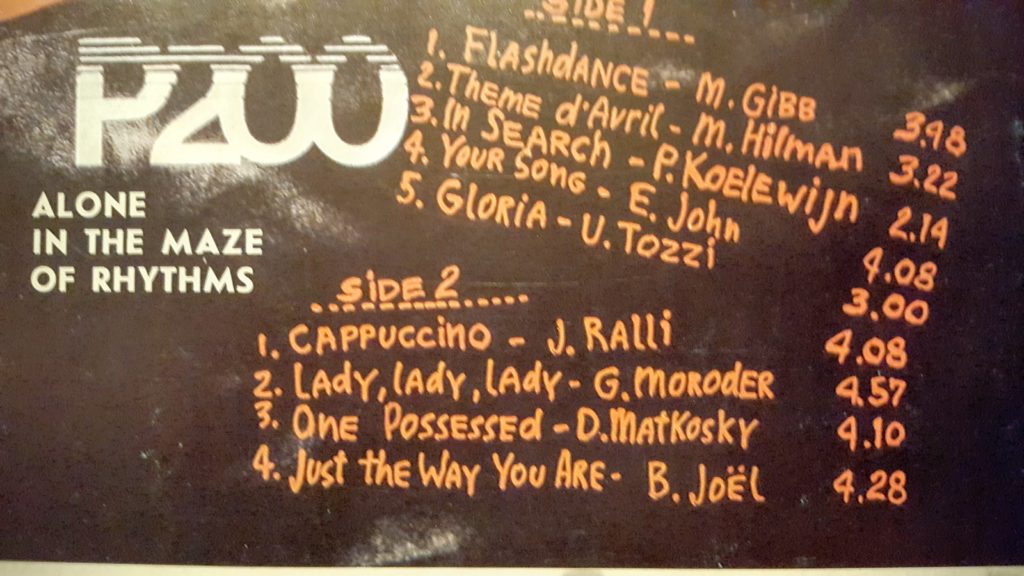
This album has an incredibly strange tracklisting, one that I can’t 100% verify, as the liner notes and record label are just straight-up wrong, with tracks in the wrong order and credited to the wrong songwriters. I did my best to fix them on my MP3s, but a few tracks, specifically “Theme d’Avril,” “In Search Of” and “Cappuccino” could still be wrong. So if you give them a listen and know what their real names/point of origins are, please inform me in the comments.
So it’s a weird record with a weird point-of-origin, a weird instrument of choice and a weird tracklisting, but is it any good? Well, I mean…no? It’s cheesy as hell. The cover of “Just The Way You Are” sounds like it was taken out of a compilation of elevator music. But it does have it’s charm. “Gloria” is a dope track that’s hard to fuck up regardless, and the tracks that I can’t properly identify are legit good. “Theme d’Avril” features an absolutely haunting vocal track that sounds all the more unreal when matched up to the cheesy beats coming out of the syntaccordion. And then there’s “Cappucino” which features a rad proto-acid house grimey bass-line paired up with odd, slightly creepy vocalizing that wouldn’t be out of place on a Goblin record.
Give it a listen. And remember that in Soviet Russia, records listen to you.
Hey, I’ve been writing about 1980s Soviet pop culture for the past two hours, I’m allowed one Yakov Smirnoff reference.


